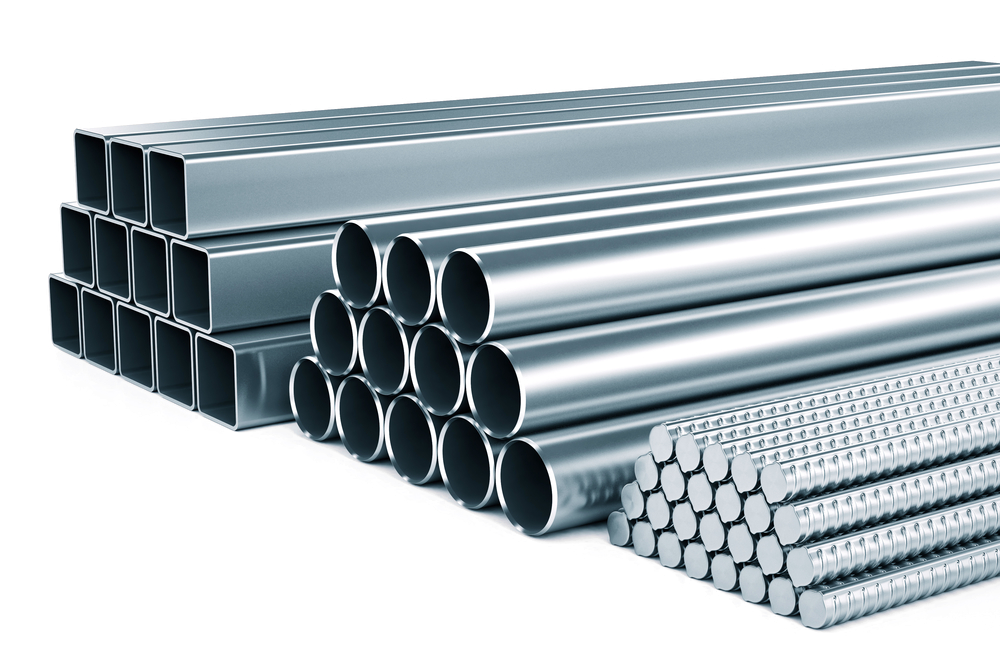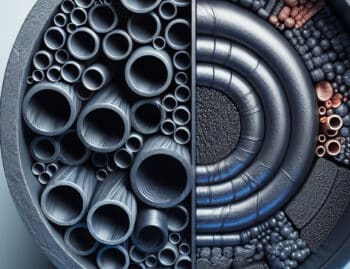

In the steel manufacturing industry, there are steel pipes and steel tubes. On the surface, these items may seem similar, but they are in fact completely different.
Steel pipes and tubes don’t have the same uses. They vary in application and sizing. Steel pipes and tubes both embody a hollow cylindrical shape. However, this is where the similarities usually end.
Different Diameters
There are a dozen distinctions between steel pipes and tubes. Firstly, they have different diameters that are measured differently. When determining the size, it’s important to remember that pipes are calculated by inside diameter.
Tubes are calculated by outside diameter. Steel pipes accommodate larger applications and tubes mostly serve smaller applications.
Another important distinguishing factor is shape and wall thickness. Commonly, steel pipes are supplied in round sections. Tubes can be round as well, but they can also be square and rectangular.
Recognizing those factors is vital because it directly relates to wall thickness. Calculating the wall thickness helps determine the strength of that steel pipe or tube. The strength of each steel pipe or tube relates to its use.
Tolerance and Application
The main distinction between steel pipes and tubes is the tolerance and the application process. Normally, pipes transport or dispense gases and liquids. Therefore, it is critical to know the capacity and tolerance of the pipe.
Steel tubes are used for structural purposes. They are used to manufacture pivots in the agricultural industry, for example.
Manufacturing procedures play an enormous role in the difference as well. Regularly, tubes demand a more in-depth level of processes, tests, and inspections.
This delays the distribution method. On the other hand, steel pipe applications are more accessible and often undergo mass production.
Additionally, producing steel tubes is more costly because they require intense labor, energy, and material. The construction of pipes is more manageable, cutting the cost of the item.
Material
The material used to make each pipe differs, causing an increase in price. Carbon steel and low alloy steel primarily make up pipes. Meanwhile, tubes can be made of:
- Steel
- Aluminum
- Brass
- Copper
- Chrome
- Stainless steel
Another difference is the chemical makeup of each object. The central chemical elements of pipes are:
- Carbon
- Manganese
- Sulfur
- Phosphorus
- Silicon.
As for tubes, smaller elements are especially important to the quality and process.
Recognizing the differences between steel pipes and tubes is a necessary skill for those in the manufacturing industry. Numerous aspects, such as diameter, structure, wall thickness, use, cost, and material, all help distinguish the differing elements.











